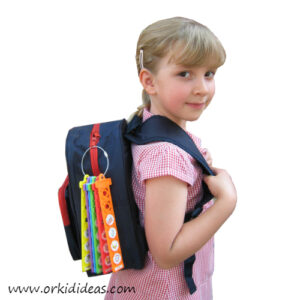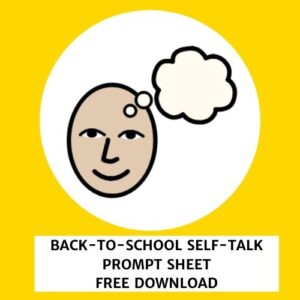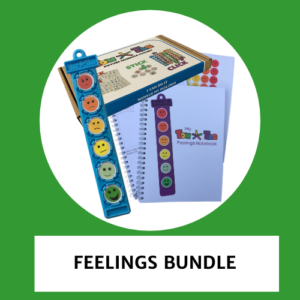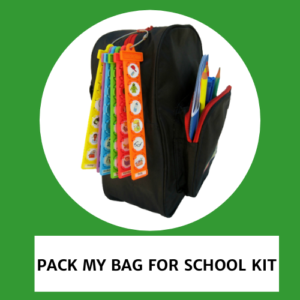
My autistic son Tom (the inspiration for TomTag visual schedules) struggles with changes to his routines. His autism means that he perceives the world differently to other people. For him, the world can often seem a strange, unpredictable, and confusing place. It is understandable why he craves the stability and predictability of repetitive routines and activities, and the comfort of familiar food. However, as a wise man once said, the only constant in life is change. Learning how to be flexible and less rigid about routines is a crucial life skill. It is one that Tom has developed over the years, with the help of visual supports.
Visual schedules are a great tool for teaching flexibility around changes to routines. This may seem surprising – surely a schedule means sticking to a repetitive routine? However, it’s not the visual schedule that makes changes to a routine difficult but the way it is used.
In this blog, I’d like to share with you an approach you can use with TomTag visual schedules to help your child be less rigid and more tolerant of changes to their routines.
Use a schedule
Make sure that your child understands how their schedule works and uses it regularly. If your child doesn’t understand their schedule or use it regularly then it is unrealistic to expect them to deal with changes to it.
Need some support introducing visual schedules ? The TomTag Show me how:Timetables and routines guide can help.
I am flexible
A TomTag I am flexible tag is a great way to introduce your child to changes to routines when used alongside their normal routine tag. Using the format ‘instead of ‘ … ‘I am flexible’… is a simple visual way to familarise your child with a proposed change in their routine.
Words can have a powerful effect. I am flexible is a positive affirmation that will give your child a sense of achievement and boost their self esteem.
Start with positive changes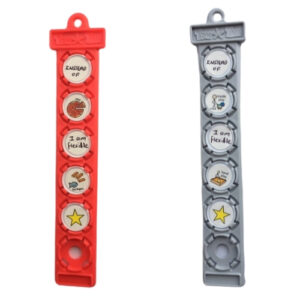
Start with something positive, for example, a change to a preferred activity or food choice.
In the examples shown- sand play instead of inside play, fish fingers instead of pizza (go with the preferred activities/ food choices for your child!)
Start with a change that is not upsetting. This also reinforces the idea that a change does not always have to be negative.
Giving initial warnings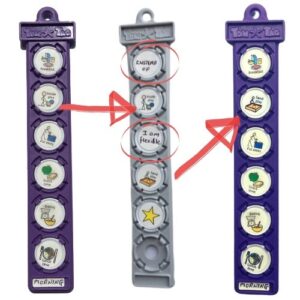
Although the aim is to get to a stage when you don’t have to give warnings about changes – life is unpredictable after all – you shouldn’t expect your child to immediately accept changes without doing the necessary groundwork.
Like all new skills, the best way to learn is to break the skill down into small sequential steps.
- Refer to their morning schedule tag and show them the proposed change. In this example, if their morning routine shows inside play then show them the I am flexible tag with the new play activity at the earliest opportunity e.g. before breakfast.
- Ask them to change the activity on their schedule to the new activity themselves. Our symbol packs include 2 copies of every symbol so you don’t have to worry about running out of symbols. Their morning schedule tag now shows the new activity.
- Keep the I am flexible tag handy. Depending on your child’s level of understanding, a short verbal explanation of why the change has taken place would also be helpful.
- Give another warning just before the changed activity happens. Show your child the I am flexible tag to reinforce your verbal warning. This will help them remember the change and prepare for it.
Praise and encouragement
Praise your child specifically for handling the change well using supportive positive statements like, “I like how well you managed it when we changed the schedules” or “Change can be hard, but you are doing a great job!”
Saying “You are so brave handling that change in the schedule without getting upset!” is particularly useful if your child is very anxious about change.
Try not to say “See it wasn’t so bad was it!” as this could belittle your child’s genuine feelings of anxiety about changes and make them feel anxious about having these feelings.
Fade the warnings
Once your child can manage changes to their routines with warnings, start moving the warnings nearer to the time when the actual change is going to happen.
So in the example tags I have used above, you could move the warning about the change of play activity to later in the morning.
Be consistent
Make sure that your child’s schedule is always accurate.
Being prepared makes changes to routines so much easier to manage. It also keeps the schedule consistent so your child knows they can rely on it.
I hope you find this approach useful in helping your child learn to accept and manage changes to their routine.
Want to make your own schedules, routines and I am flexible tags like the ones shown in the examples here or need more advice before getting started on introducing routines or changes to routines? Take a look at the resources below or get in touch with Clare via our contact page.


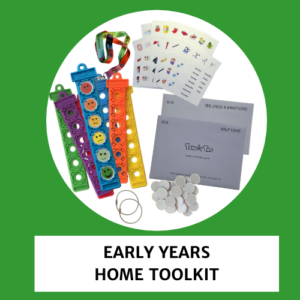

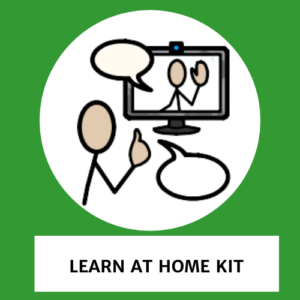
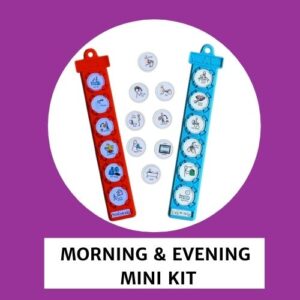
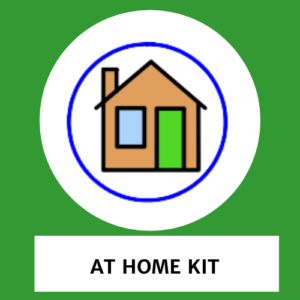
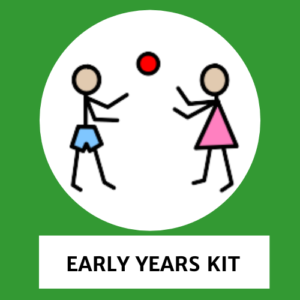



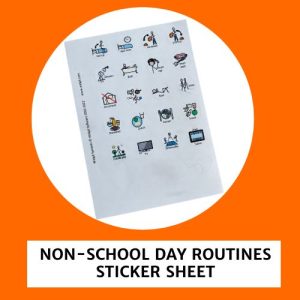
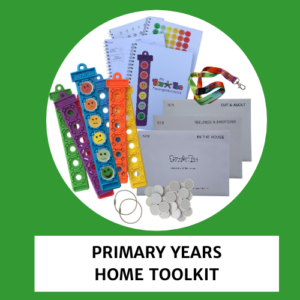
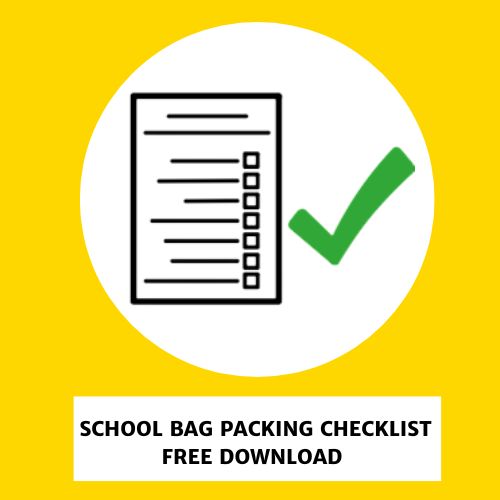

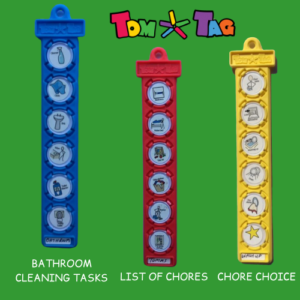
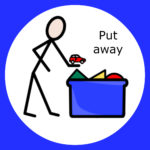





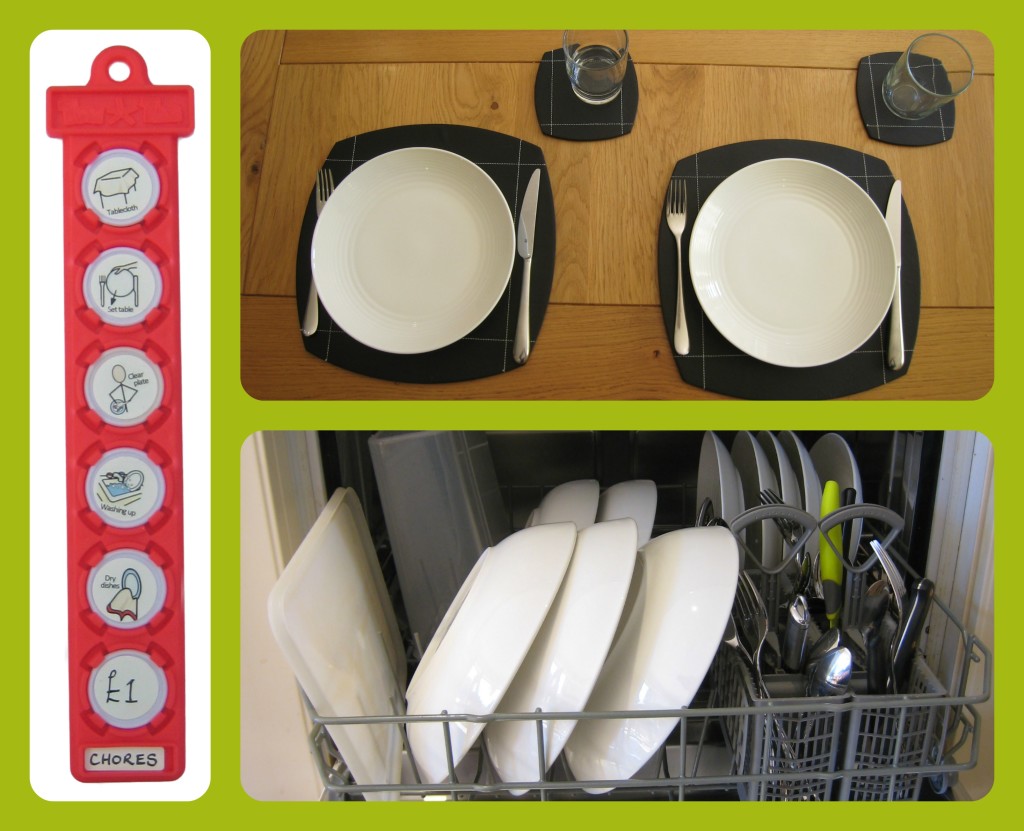

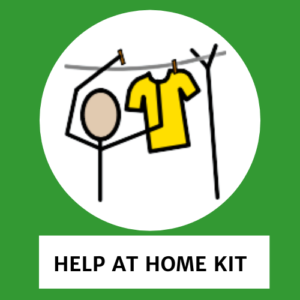

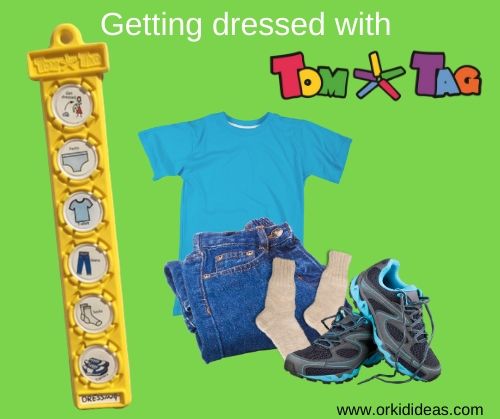
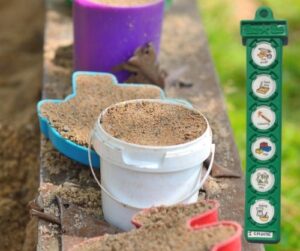
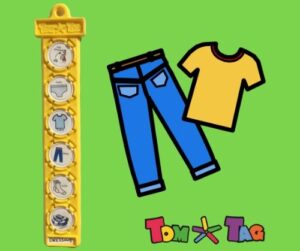




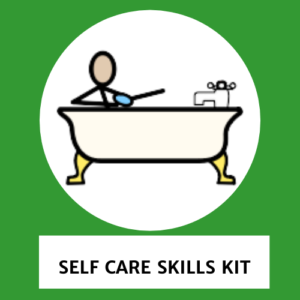



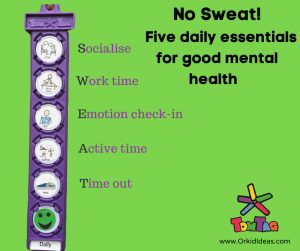
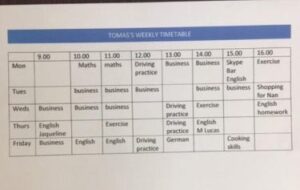



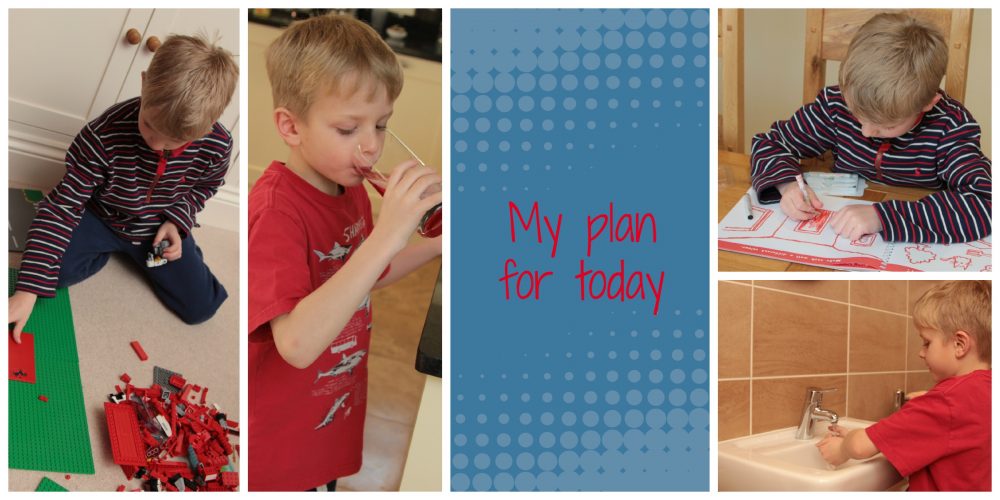


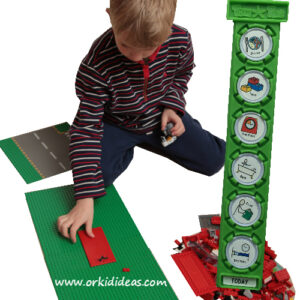
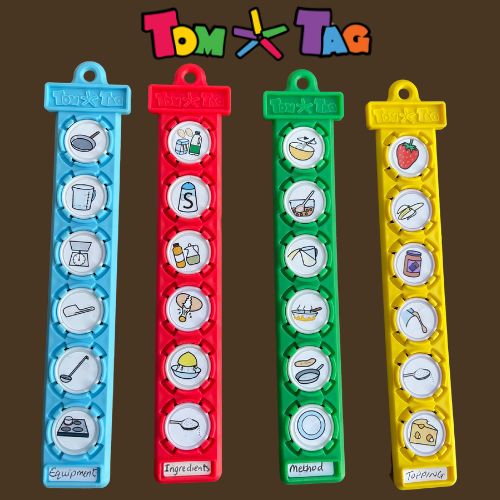
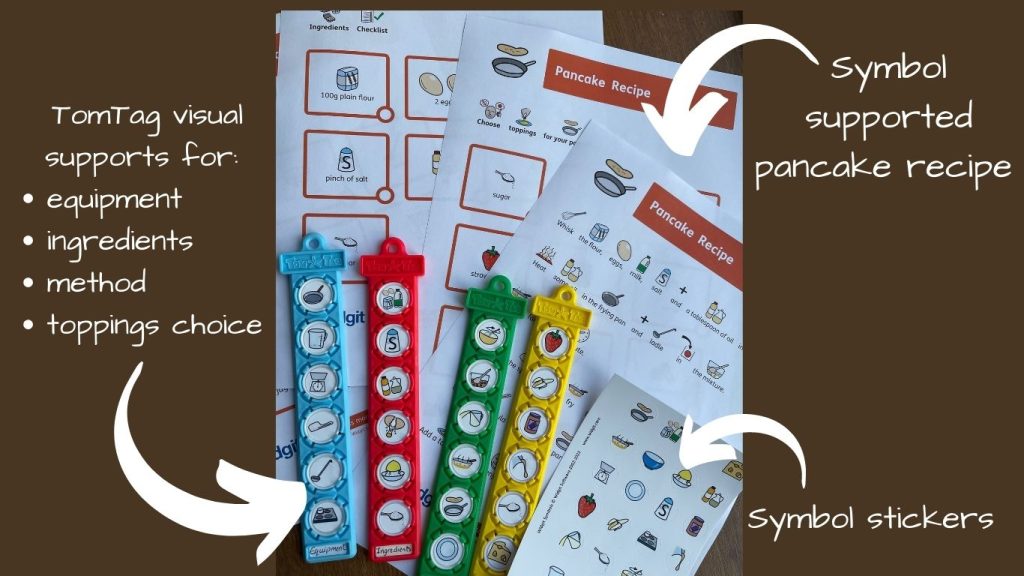
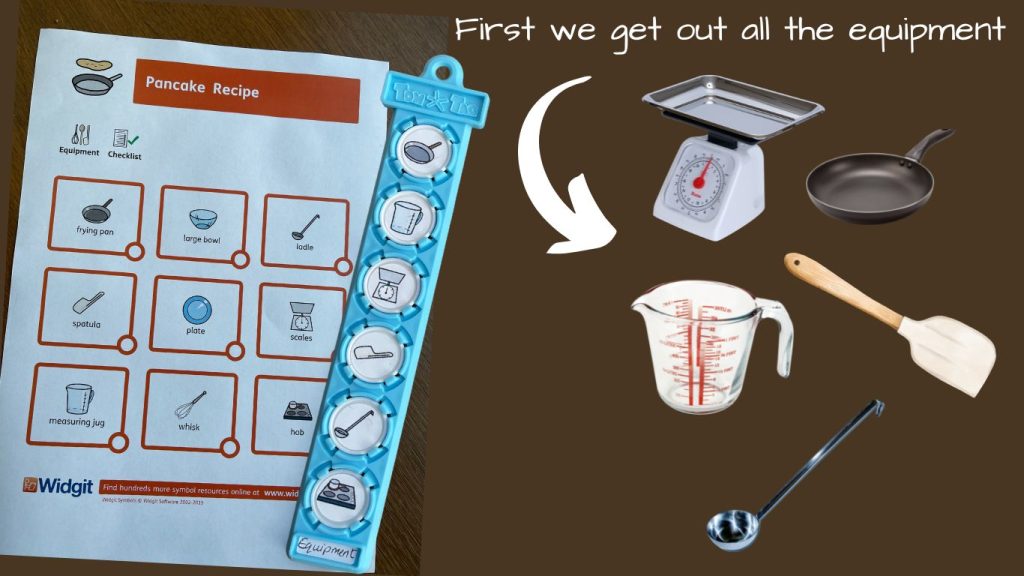
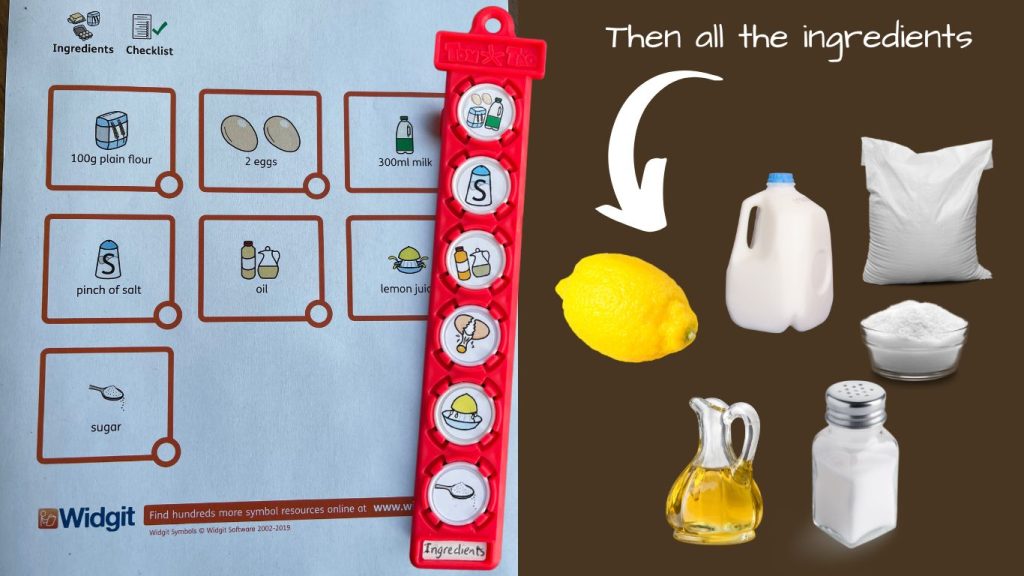
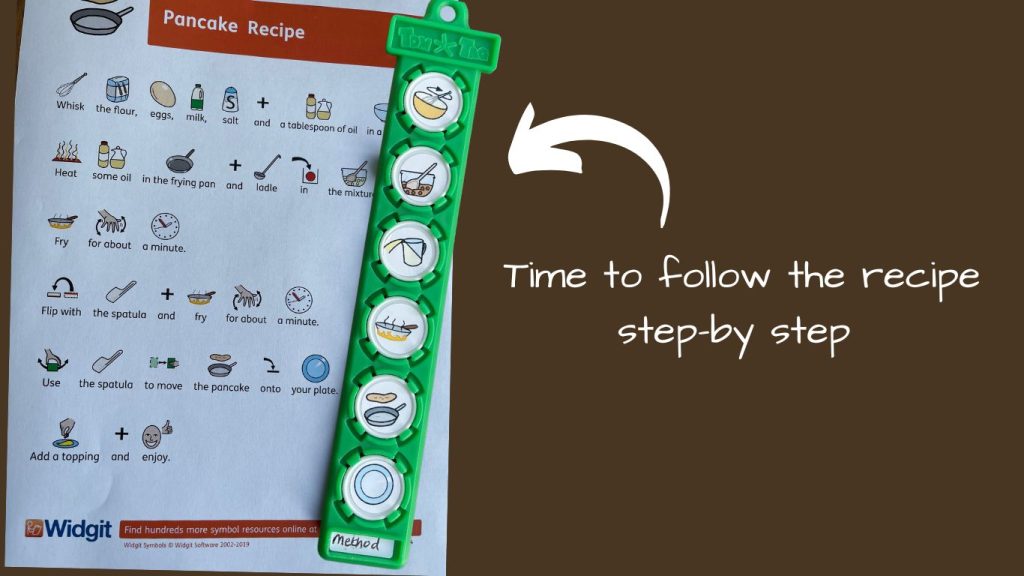
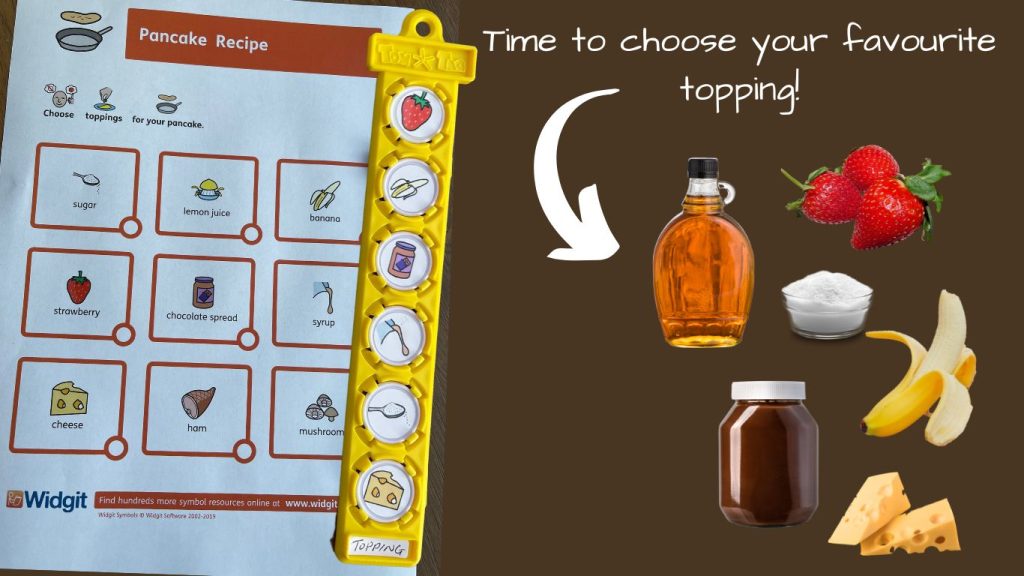
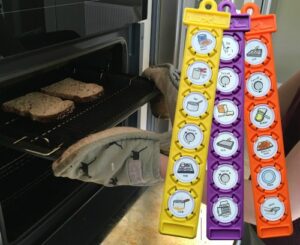

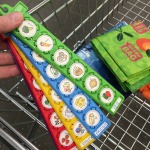
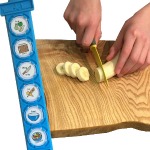
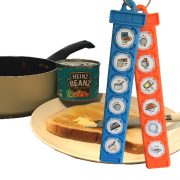





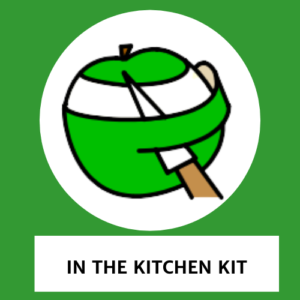

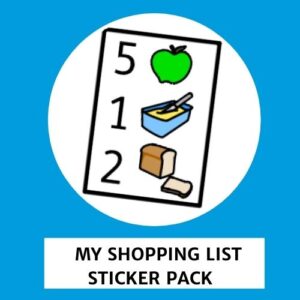

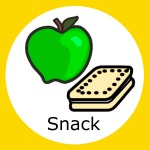




 Play the ‘What if’ game
Play the ‘What if’ game Hold a scavenger hunt
Hold a scavenger hunt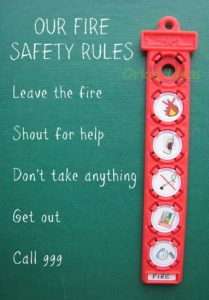 escape faster if you need to. Anyone can ask for a free
escape faster if you need to. Anyone can ask for a free  Make sure everyone knows the number for emergency services and try role-playing a call so that they know what they might be asked.
Make sure everyone knows the number for emergency services and try role-playing a call so that they know what they might be asked.